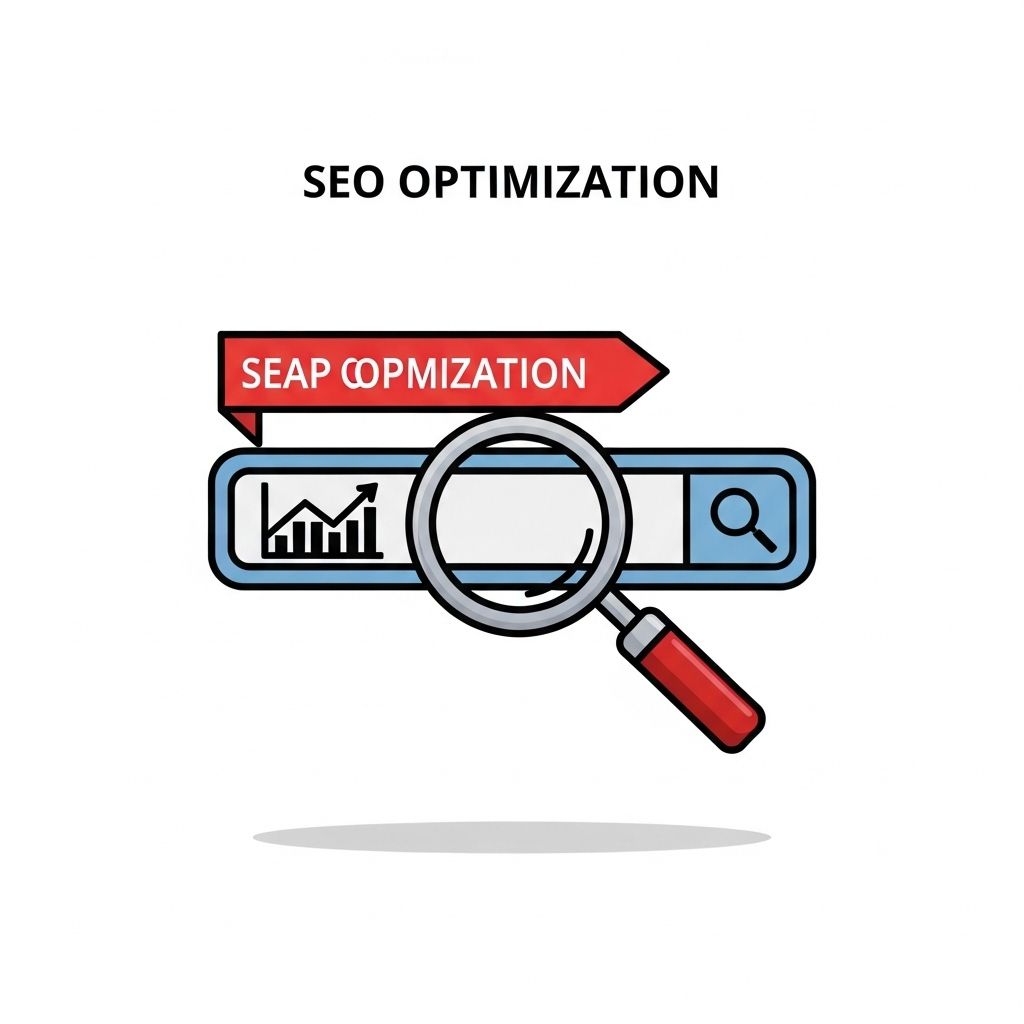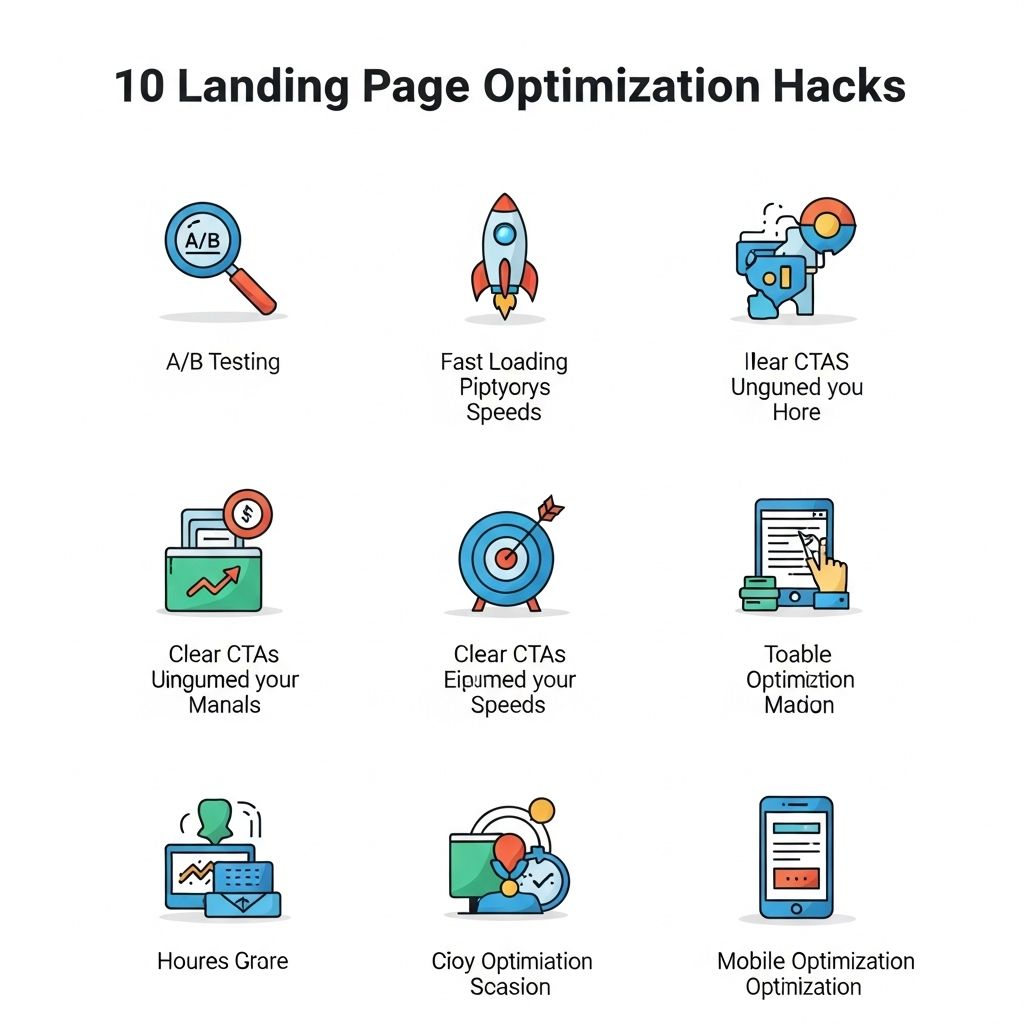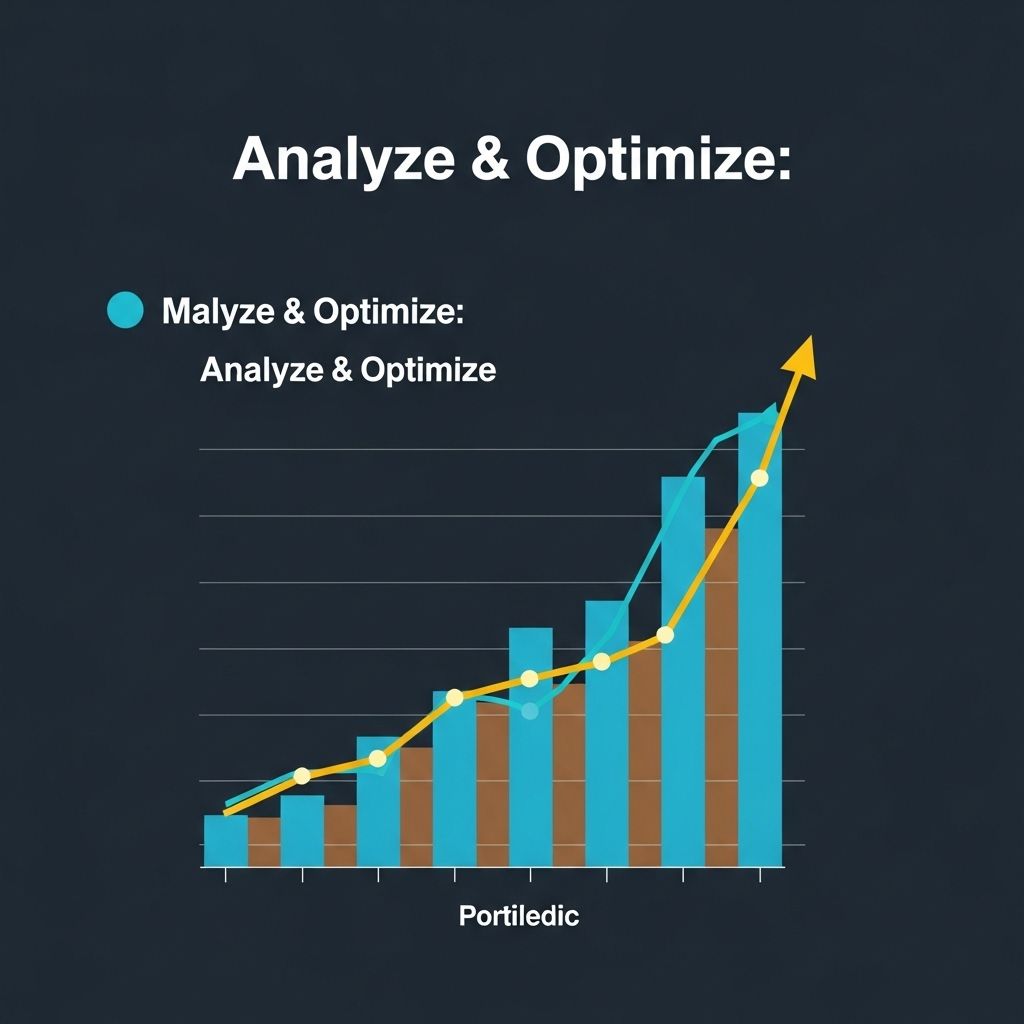Creating a successful landing page is no easy feat. With so much competition online and the ever-evolving landscape of digital marketing, you need to be equipped with the right tools to capture your audience’s attention and convert visits into actions. Whether you’re a seasoned marketer or just starting out, the right combination of tools can make all the difference in optimizing your landing pages effectively.
Understanding Landing Pages
A landing page is a standalone web page designed specifically for a marketing or advertising campaign. Its primary goal is to drive visitors toward a single call to action (CTA). This could be anything from signing up for a newsletter to making a purchase. The effectiveness of a landing page can significantly impact your return on investment (ROI).
Components of a High-Converting Landing Page
Before diving into the tools, it’s essential to understand the key components that contribute to a landing page’s success.
Essential Elements
- Compelling Headline: Grabs attention immediately.
- Engaging Subheadline: Provides additional context and entices the reader.
- Clear Call to Action: Directions should be unmistakable.
- High-Quality Images or Videos: Visuals can enhance the user experience and convey your message effectively.
- Benefits Over Features: Focus on how your product or service solves pain points.
- Social Proof: Testimonials, reviews, and case studies can build trust.
Top Tools for Landing Page Success
Now that the foundational knowledge is established, let’s explore ten powerful tools that can elevate your landing page game.
1. Unbounce
Unbounce is a leading landing page builder that allows marketers to create, publish, and optimize landing pages without needing to code. It offers features like A/B testing, a drag-and-drop builder, and responsive templates.
2. Instapage
Instapage specializes in post-click optimization, focusing on enhancing user experience after a click on your ad. It includes a variety of integrations, heatmaps, and A/B testing functionalities to maximize conversions.
3. Leadpages
Leadpages is a user-friendly platform that provides customizable templates designed for high conversion rates. It also includes lead capture tools and integrates with various email marketing services.
4. Google Optimize
This free tool from Google allows you to run A/B tests on your landing pages. It integrates seamlessly with Google Analytics, enabling you to leverage data to inform your decisions.
5. Crazy Egg
Crazy Egg offers heatmaps, scroll maps, and A/B testing to help you understand user behavior on your landing pages. This data can be invaluable for optimizing design and layout.
6. ClickFunnels
ClickFunnels is an all-in-one sales funnel builder that simplifies the process of creating landing pages and sales funnels. With its range of templates and automation features, it’s especially popular among entrepreneurs.
7. HubSpot
HubSpot’s landing page tool integrates with its powerful CRM and marketing automation platform. It allows for easy customization, A/B testing, and analytics to track your page performance.
8. Mailchimp
While known primarily as an email marketing service, Mailchimp offers landing page capabilities that are particularly beneficial for businesses looking to capture leads through email campaigns.
9. WordPress with Elementor
If you’re using WordPress, the Elementor plugin provides a robust landing page builder. It includes a drag-and-drop interface and numerous templates and widgets, making it easy to create stunning landing pages.
10. Optimizely
Optimizely is a powerful experimentation platform that allows marketers to A/B test landing pages and optimize the user experience. Its robust analytics make it easier to make data-driven decisions.
Integrating Your Tools
When using multiple tools, consider how they can work together. Here’s a brief overview of how to integrate various platforms for maximum efficiency:
- Zapier: Connects different apps to automate workflows.
- CRM Systems: Integrate tools like HubSpot or Salesforce for seamless data flow.
- Email Marketing Providers: Ensure your landing pages capture leads directly into your email lists.
Best Practices for Maximizing Landing Page Success
Using the right tools is just the start. Implementing these best practices will also significantly enhance your chances of success:
1. Focus on Speed
Your landing page should load quickly; otherwise, you risk losing visitors. Use tools like Google PageSpeed Insights to test and optimize your speed.
2. Mobile Optimization
With an increasing number of users accessing websites via mobile devices, ensure your landing pages are responsive.
3. Simplify Your Form
Keep your lead capture forms concise. Only ask for essential information to reduce friction for your users.
4. Utilize A/B Testing
Regularly test different elements of your landing pages to determine what resonates best with your audience, using tools like Google Optimize or Unbounce.
5. Analyze Your Data
Use analytics tools to understand user behavior on your landing pages and make informed adjustments based on that data.
Conclusion
The importance of effective landing pages in your marketing strategy cannot be overstated. With a plethora of tools available, you can streamline the process of creating, optimizing, and analyzing your landing pages. By understanding the essential components, utilizing the right tools, and implementing best practices, you can drive conversions and significantly improve your overall marketing efforts.
FAQ
What are the key elements of a successful landing page?
A successful landing page includes a clear and compelling headline, engaging visuals, persuasive copy, a strong call-to-action, and trust signals like testimonials or security badges.
How can A/B testing improve my landing page performance?
A/B testing allows you to compare two versions of a landing page to see which one performs better, helping you optimize elements like headlines, images, and call-to-action buttons to increase conversions.
What role does mobile optimization play in landing page success?
Mobile optimization is crucial as more users access websites via mobile devices. A well-optimized landing page ensures a seamless experience, reducing bounce rates and increasing conversions.
How can analytics tools help me track landing page success?
Analytics tools provide insights into user behavior, traffic sources, and conversion rates, enabling you to make data-driven decisions to improve your landing page’s effectiveness.
What are some effective tools for creating landing pages?
Some effective tools for creating landing pages include Unbounce, Leadpages, Instapage, ClickFunnels, and HubSpot, each offering unique features to enhance design and conversion rates.




